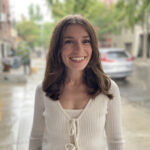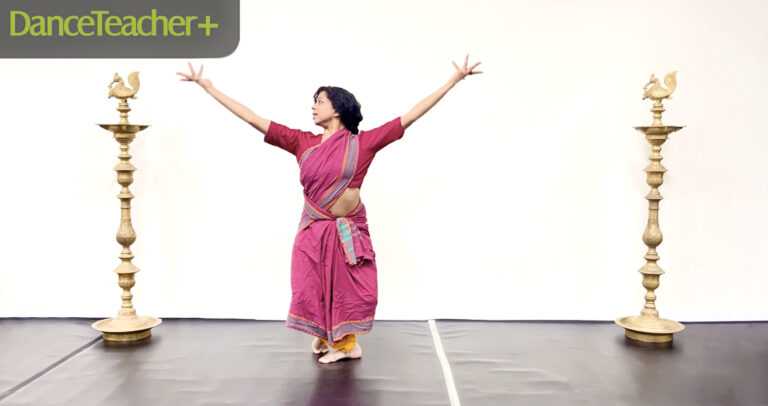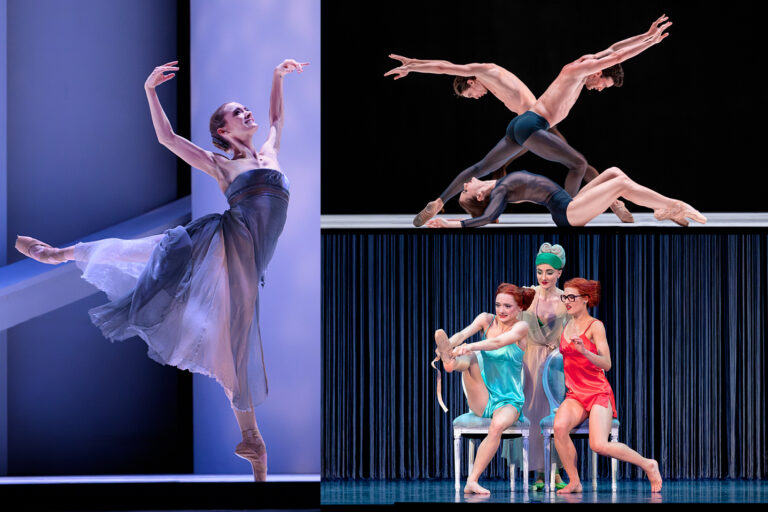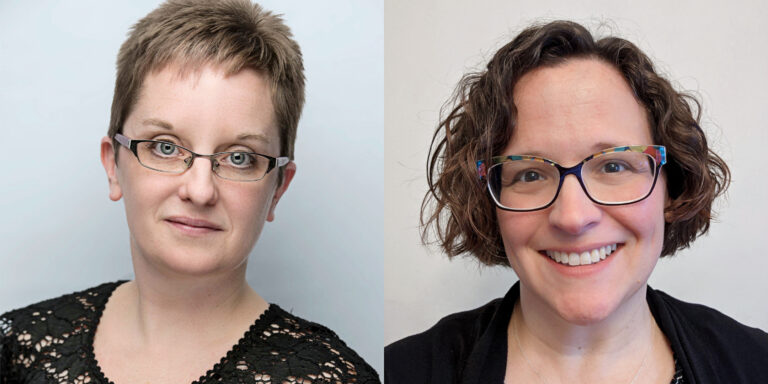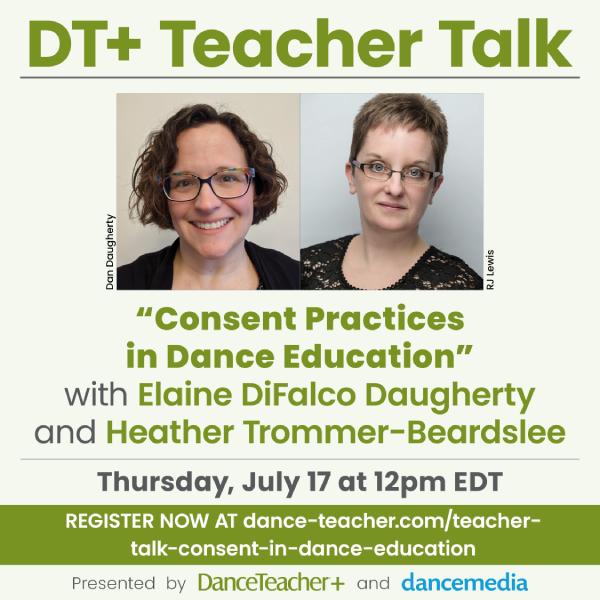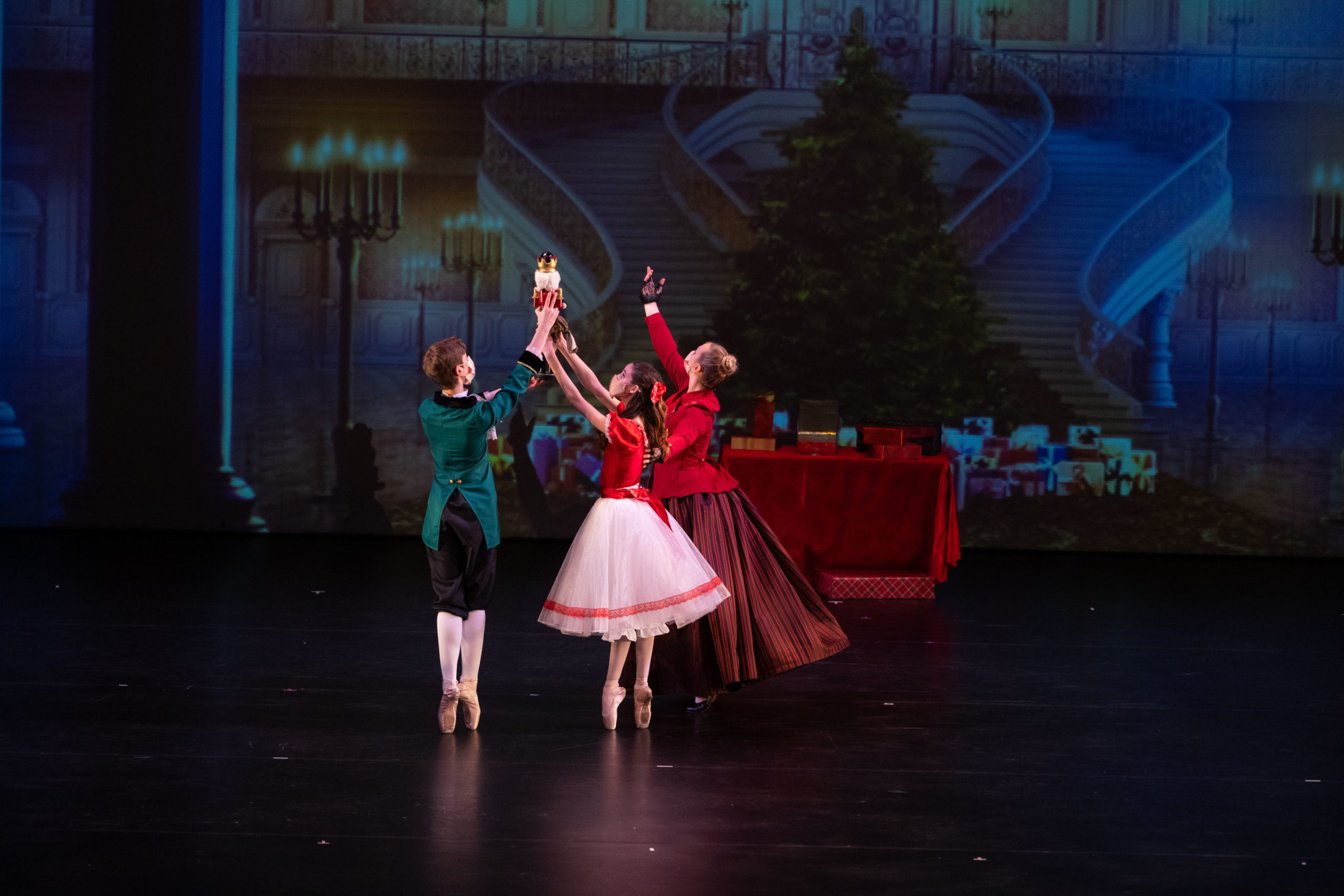
When Rebecca Milder’s daughter Hannah was 3, Milder showed up to help with the dress rehearsal for the annual Young Dancers’ Holiday Show at the Hyde Park School of Dance and was surprised to find Hannah dressed in a red-and-green costume. “I had thought that the school understood that those colors meant Christmas,” says Milder, who’s a rabbi and Jewish educator based in the Hyde Park neighborhood of Chicago. Milder talked to a few other parents, and then reached out to the the school’s leadership. “I let them know how I felt, and the school was so open to hearing my feedback,” she says.

Hannah, now 14, is still an active member of the school’s community. And when attending her end-of-year performances, Milder has noted that not only have the youngest students’ costumes changed, but the collection of winter-themed songs they dance to include a Chanukah song and a Kwanzaa song. “As a parent, I feel like the school has been proactive in searching for ways they can keep being inclusive,” says Milder.
From costumes to music to decorations to The Nutcracker, it can be easy for studios to fall into traditional Christmas celebrations, despite their students’ diverse backgrounds. But a lack of awareness can make students who don’t celebrate Christmas feel excluded and uncomfortable. Dance Teacher has gathered some tips on how to bring winter spirit to your studio this season while leaving religious observance at the door.

Diversify End-of-Year Productions
For most dance studios, the end of the year culminates in a celebratory production, most often a take on The Nutcracker. If that is the path your school is choosing, there are countless ways to expand on and diversify the ballet’s classic Christmas-party plot.
Hyde Park School of Dance’s production is a neighborhood event, with local teachers and principals playing Mother Ginger. As an audience member, Milder has noticed that diversifying the dance forms in The Nutcracker also helps to give it a more multicultural feel: The battle has been replaced with a hip-hop scene, and the Chinese variation was re-choreographed by a Chinese folk dancer. “Our neighborhood is diverse in terms of religious and racial diversity, and it’s a statement about valuing all the people in our community,” says Milder.

Rather than a Nutcracker, Massachusetts-based Amherst Ballet puts on a Young Choreographers’ Showcase each winter, giving students a chance to show off work they’ve created. “Amherst Ballet views the holiday season as a festive time to celebrate the arts, family and the students’ individuality,” says artistic director Madeleine Bonn. The school builds on that goal by participating in a local New Year’s Eve celebration, performing alongside other arts groups. In the past, Eisenhower Dance Detroit has taken a different approach to its winter production by creating a show inspired by Shel Silverstein’s book The Giving Tree. “We approach the holiday season as a giving season,” says artistic director Stephanie Pizzo.

Keep the Focus on Community
When Pizzo was growing up, she remembers that her dance school went all out for every holiday: Decorations covered the walls for Saint Patrick’s Day and Valentine’s Day, and Christmas music could be heard throughout the winter months. As the leader of Eisenhower Dance Detroit, Pizzo instead focuses the school’s resources on the value of giving back. Each winter the school picks a nonprofit organization to support, and collects donations from students and families. “We talk about giving back with our kids. It could be just making sure you reach out and talk to somebody that you don’t normally talk to, or include them,” adds Pizzo.

Hosting intentional social gatherings is crucial when creating inclusive community. At Hyde Park School of Dance, dancers of different ages are grouped together to create “families,” holding gatherings leading up to Nutcracker. “The kids are encouraged to take care of each other during the whole season,” says Milder. Amherst Ballet hosts an annual Thanksgiving-themed gift swap called “Secret Turkey.” “It’s focused on the warmth of shared community and gratitude,” says Bonn. “The emphasis is on giving thanks for the friends and the art community we have, rather than the historical holiday itself.”
Open-Minded Communication Is Key
For Pizzo, the best way to reflect the needs of students beyond who they are as dancers is to listen carefully to them and their parents. “We have a lot of parent meetings,” says Pizzo. “We try to communicate on many levels, with parent Zoom, calls and emails. We do a lot of surveys, and love to hear our parents’ feedback.” Both Hyde Park School of Dance and Amherst Ballet are similarly open-minded to receiving feedback. After all, it’s when parents like Milder speak up that growth takes place. “We acknowledge to our students that everybody has a holiday they might be celebrating,” says Pizzo. “But everybody should just go and enjoy time with family. That’s what it’s really about.”
